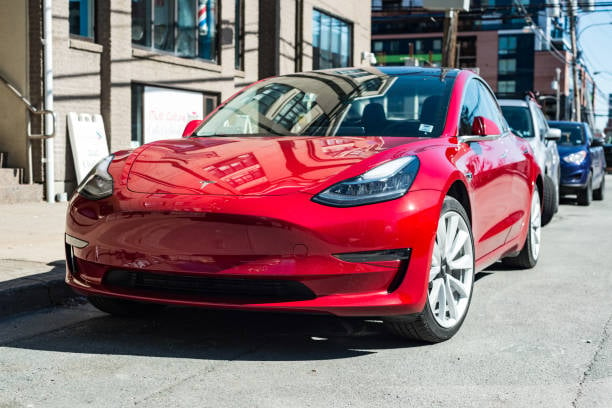Analyzing the Performance and Design of the Tesla Model 3 Battery: A Study by Sandro Stock et al.
Sandro Stock et al. from the School of Engineering and Design at the Technical University of Munich, Germany, disassembled and evaluated the electrochemical performance, battery design and chemical material system of the square hard-shell lithium iron phosphate battery used in the Tesla Model 3 to obtain the process-structure-performance relationship of the battery. The test analysis methods include weighing, geometric measurement, cross section analysis, material characterization by scanning electron microscopy (SEM) and energy dispersive X-ray spectroscopy (EDX), electrolyte characterization, and electrochemical performance analysis of half and full cells.
The Tesla Model 3 Battery: Capacity and Discharge Testing
The battery is obtained from the battery pack of the Tesla Model 3 produced in December 2020. The battery pack has a total energy of 55 kWh and consists of two 25 series 1 and two 28 series 1 battery modules, configured as a battery pack in 106 series 1. After removing the battery from the battery pack, charge and discharge the battery several times at C/20 to determine the battery capacity of 161.5Ah. After that, the battery is fully discharged using a constant current (CC) of 1A, followed by a constant voltage (CV) discharge at 2.65V, before the battery is transferred to a custom glove box for dismantling.
Evolution of Tesla Model 3 Batteries: From 18650 Cylinder to Square LFP
The Model 3 initially featured the same 18650 cylinder NCA battery pack as the Model S/Model X. Later, Tesla introduced new battery iterations, including the 21,700 cylinder NCA batteries produced by Panasonic and others, which are used in the vast majority of performance and long-range Model 3s. There are also 21,700 cylindrical nickel-cobalt-manganese (NCM) batteries, which are used in Tesla cars produced in China and Berlin. In addition, Tesla has also begun using CATL's square lithium iron phosphate (LFP) battery in the standard version of the Model 3.
Analyzing Battery Components through Disassembly and Microscopic Examination
During the disassembly process, images were taken using the built-in microscope, and an example of the picture obtained was shown in Figure 2. After the battery is broken down into the shell, coil and top cover, the geometric dimensions of each component are recorded for graphic reconstruction using CAD. During the dismantling process, electrolyte residue was found at the bottom of the housing, which was removed and packaged for further analysis. The coils were then carefully dismantled and samples were taken every 50 cm. The electrode samples were washed with diethyl carbonate (DEC) to remove excess electrolytes or by-products, and dried before further examination of electrode parameters such as length, thickness, overlap and weight. When assembling a button cell, the electrode first removes the coating on one side of the electrode with acetone to obtain a single-coated pole piece.
In summary, this paper disassembled and analyzed the 161.5Ah square flat coil hard shell LFP battery in the Tesla Model 3, decomposed the battery to the material level, and tracked the process steps and manufacturing characteristics. The specific energy of the battery was 163 Wh/kg and the volumetric energy density was 366 Wh/L. The cell presents a low void volume of 6.4% and a fluid collector thickness of 5µm for copper and 12µm for aluminum. The jelly roll core is connected to the top cover in a butterfly design to facilitate the welding process. Cross-sectional and microscopic analysis of the battery cover revealed the application of a variety of laser welding processes, providing high mechanical stability and air tightness. The coating of the electrodes showed a high degree of uniformity, with thickness fluctuations of less than 2μm. Scanning electron microscopy (SEM) images reveal bimodal particle distributions within the pure graphite anode and LFP cathode, where the positive electrode edges are covered with Al2O3 ceramic layers. Electrochemical analysis showed that the performance of the inherent electrolyte was better than that of the ordinary LP572 electrolyte.

